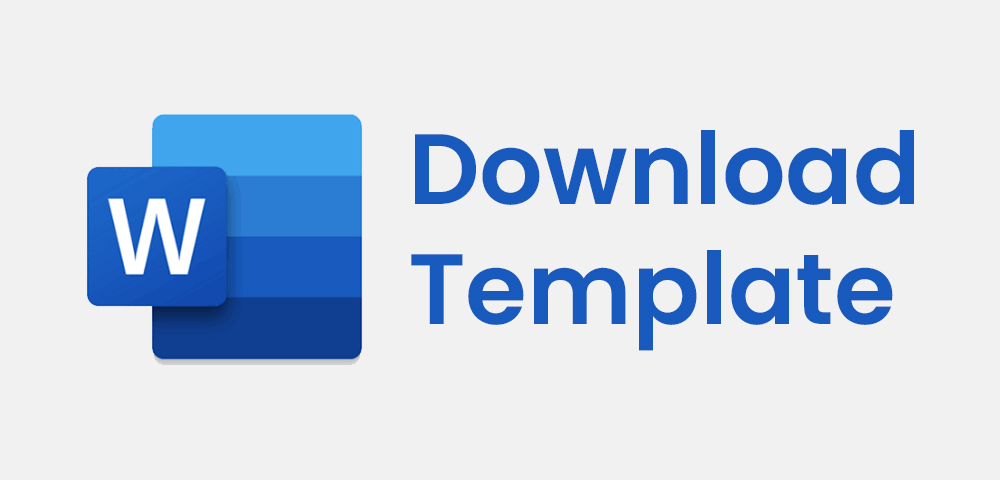EFEKTIVITAS METODE UMMI DALAM MENGHAFAL AL-QUR’AN DI SEKOLAH DASAR ISLAM TERPADU AL-MUNADI MEDAN MARELAN-SUMATERA UTARA
DOI:
https://doi.org/10.59548/je.v3i1.357Keywords:
Ummi Method, Memorizing, Al-Qur’anAbstract
The Ummi method is an easy and effective method for memorizing the Qur’an that has been applied for a long time at SD IT Al-Munadi Medan. The use of the Ummi method has been running from the initial stage to significant development, and has proven effective in improving the quality of memorization of students at SD IT Al-Munadi Medan. The purpose of this study was to determine the application of the Ummi method at SD IT Al-Munadi, and to assess the quality of students’ memorization of the Qur’an at the school using the Ummi method. In addition, this study also aims to identify the advantages and disadvantages of the Ummi method at SD IT Al-Munadi Medan. The subjects in this study included several tahfidz tutors, tahfizh coordinators, principals, and several students from grades V and VI who were selected as representatives. Data collection was carried out by direct observation in the field, as well as through interviews with research subjects. In addition, documentation related to this study was also collected. The results of this study indicate that there are four mandatory levels that must be completed during education at the school, where each tahfizh group is divided based on the level of surah memorized by the students. The tahfizh tutors use various methods to support the progress and development of memorization of their tahfizh members, such as muraja’ah (repeating memorization), motivation, writing, and talaqqi (direct reading in front of the teacher). In general, the quality of students’ memorization of the Qur’an has increased significantly, although it is not achieved in a short time, but rather requires a minimum of one semester. It is hoped that in the future, this ummi method program will continue to be a means for students to memorize and improve the quality of memorization of the Qur’an, so that it can produce a generation that loves the Qur’an and makes it a guideline and guidance in life.
References
Ahmad Warson Munawir. (1997). Al-munawir Kamus Bahasa Arab-Indonesia. Pustaka Progresif.
Ahsin Wijaya. (2005). Bimbingan Praktis Menghafal Al-Qur’an. PT. Bumi Aksara.
Armai Arief. (2002). Penghantar Ilmu dan Metodologi Pendidikan Islam. Ciputat perrs.
Emilia Setyoningtyas. (2011). Kamus Trendy Bahasa Indonesia.
farid wajdi. (2008). Tahfiz al-Qur’an dalam Kajian ‘Ulum al-Qur’an. Sekolah Pasca Sarjana Universitas Islam Negeri Syarif Hidayatullah Jakarta.
Fitriani, N. (2020). peran guru Mi dalam meningkatkan kemampuan membaca AL-qur’an dengan metode Ummi. September.
Hidayat, A., Muslim, M., & Sarifudin, S. (2022). Evaluasi Pengelolaan Pembelajaran Tahfizh Dalam Meningkatkan Hafalan Santri di Pondok Pesantren Hamalatul Qur’an Al Falakiyah Loji Bogor. Cendikia Muda, 3.
Hidayati, N. (2021). Teori Pembelajaran Al Qur’an. Al Furqan: Jurnal Ilmu Al Quran Dan Tafsir, 4(1), 29–40. https://doi.org/10.58518/alfurqon.v4i1.635
Millah, D. I. (2020). IMPLEMENTASI PEMBELAJARAN BACA TULIS AL-QUR’AN DENGAN METODE UMMI DI MTsN 1 JOMBANG. Rabbani: Jurnal Pendidikan Agama Islam, 1(2), 113. https://doi.org/10.19105/rjpai.v1i2.4114
Nugraha, E., Desabina, E., Haeliah, N., Fatimaturohmah, N., Melinda, M., Masfufah, U., Ubudiah, M. M., Nurkhotimah, N., Harum, N., Azizah, S. M., Sinta, O. P., Utami, S. P., & Afuah, S. (2023). Penerapan Program Metode Ummi dalam Pembelajaran Membaca Al-Qur’an di SDIT Widya Cendekia (Pengenalan Lapangan Persekolahan di SDIT Widya Cendekia Kelompok 44). Jurnal Pendidikan Guru Sekolah Dasar, 1(1), 1–10. https://doi.org/10.47134/pgsd.v1i1.60
Nur Umbiyati. (1997). Ilmu Pendidikan Islam. Pustaka Setia.
Pusat Bahasa Departemen Pendidikan Nasional. (2002). Kamus Besar Bahasa Indonesia. Balai Pustaka.
Rauf, A. aziz A. (2013). Kiat Sukses Menjadi Hafidz Qur`An Dai`Iyah. Syamil Cipta Media.
Tim Prima Pena. (n.d.). Kamus Besar Bahasa Indonesia. Gita Media Press.
Downloads
Published
How to Cite
Issue
Section
Categories
License
Copyright (c) 2025 Indi Rahmadani, Muhammad Syahminan, Sholahuddin Ashani (Author)

This work is licensed under a Creative Commons Attribution 4.0 International License.
- Share — copy and redistribute the material in any medium or format for any purpose, even commercially.
- Adapt — remix, transform, and build upon the material for any purpose, even commercially.
- The licensor cannot revoke these freedoms as long as you follow the license terms.
Under the following terms:
- Attribution — You must give appropriate credit , provide a link to the license, and indicate if changes were made . You may do so in any reasonable manner, but not in any way that suggests the licensor endorses you or your use.
- No additional restrictions — You may not apply legal terms or technological measures that legally restrict others from doing anything the license permits.
Notices:
You do not have to comply with the license for elements of the material in the public domain or where your use is permitted by an applicable exception or limitation .
No warranties are given. The license may not give you all of the permissions necessary for your intended use. For example, other rights such as publicity, privacy, or moral rights may limit how you use the material.












 Jurnal Ekonomi, Syariah dan Studi Islam by
Jurnal Ekonomi, Syariah dan Studi Islam by 
